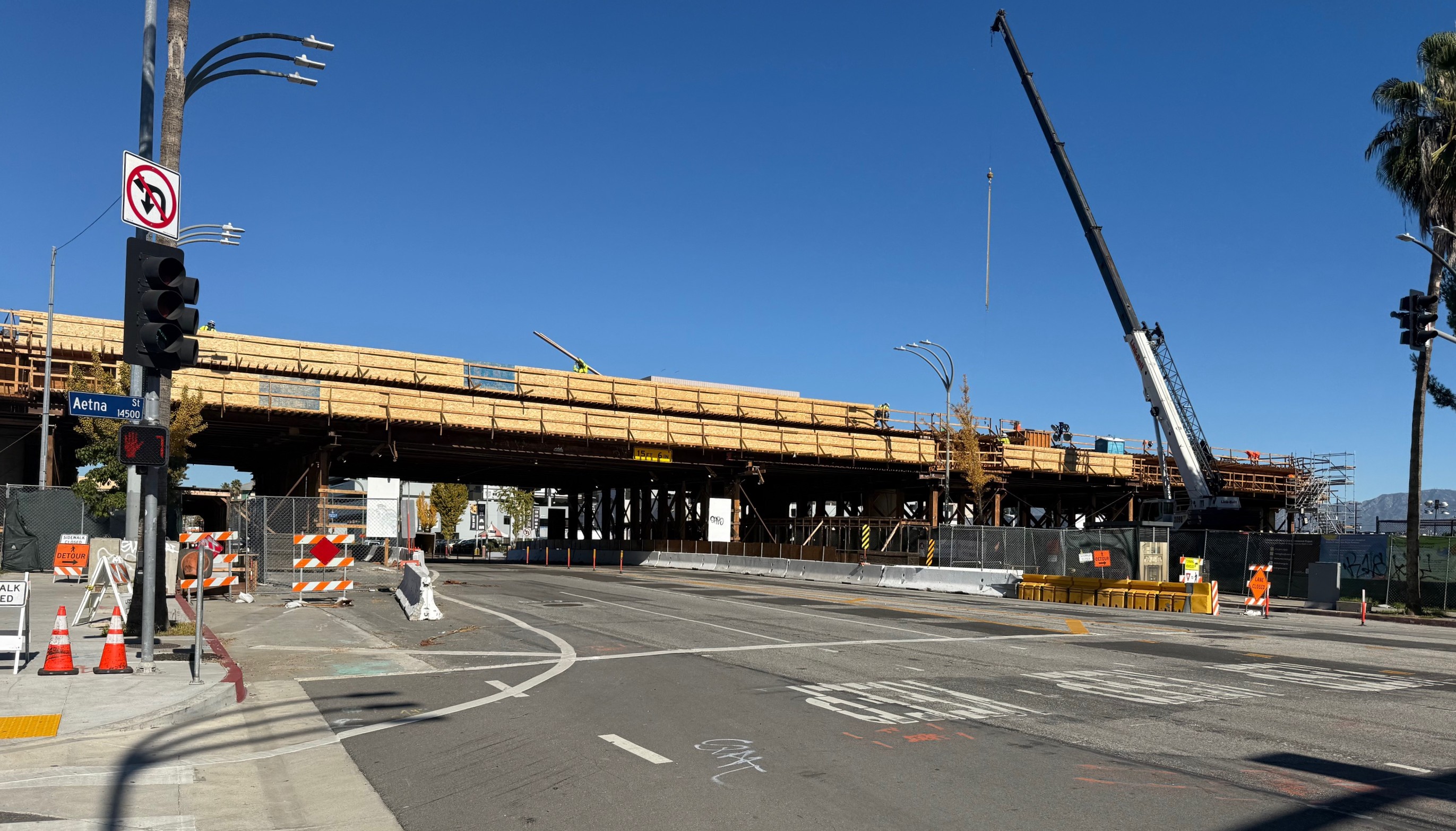Pensacola, Florida. Springfield, Missouri. Fort Wayne, Indiana. All
three of those metropolitan areas have populations between 350,000 and
500,000, and all three would have been required to install nitrogen
dioxide monitoring stations near major roadways under a new
Environmental Protection Agency (EPA) rule cracking down on the pollutant.
But as the Center for Progressive Reform (CPR) noted
soon after the EPA unveiled its rule, an initial draft setting the
minimum population for local air-quality monitoring at 350,000 was
changed to 500,000, leaving out cities such as Fort Wayne and
effectively weakening the nitrogen dioxide rule's accountability.
Another watchdog group traced the change to the White House
Office of Management and Budget, which evaluates new agency regulations
through a smaller arm called OIRA (short for the Office of Information
and Regulatory Affairs). The president's nominee to lead OIRA, Cass
Sunstein, has taken heat from green groups for his past criticism of government's role in the rule-making process.
What's
the significance of the OMB's change to the EPA rule? "The fewer the
monitors, the more likely it is that many metropolitan
areas will be able to exceed EPA’s limits without detection or
correction," CPR president and law professor Rena Steinzor wrote on the
group's blog in late January.
Steinzor's
post also addressed the significance of the new nitrogen dioxide rule,
noting that the pollutant tends to be especially common, and dangerous,
in lower-income neighborhoods located near busy roads:
Scientific evidence links human NO2 exposure with various respiratoryhealth problems. ... The biggest source of NO2 pollution is automobileemissions, thoughpower plants and heavy industry are also significant contributors. NO2pollution levels tend to be greater in urban areas and near majorroadways, which means NO2 pollution tends to disproportionately harmthe poor and communities of color.
(h/t Wonk Room)






